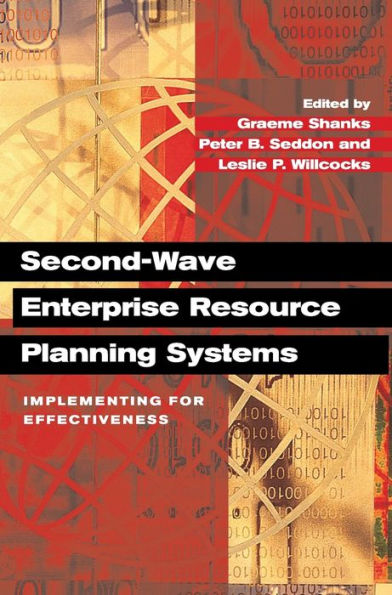Second-Wave Enterprise Resource Planning Systems: Implementing for Effectiveness
The most important class of enterprise system is Enterprise Resource Planning (ERP) systems. Organizations typically take the decision to employ ERP systems in order to streamline existing processes. Once these new systems are in place, far more can be achieved by leveraging the technology to maximize the capabilities and benefits of ERP-enabled processes. In this book, the editors have assembled some of the world's best research on ERP systems to provide a foundation for second wave improvements to enterprise systems. Written primarily for managers and consultants, this book is also an ideal reference for business schools and researchers.
1110798384
Second-Wave Enterprise Resource Planning Systems: Implementing for Effectiveness
The most important class of enterprise system is Enterprise Resource Planning (ERP) systems. Organizations typically take the decision to employ ERP systems in order to streamline existing processes. Once these new systems are in place, far more can be achieved by leveraging the technology to maximize the capabilities and benefits of ERP-enabled processes. In this book, the editors have assembled some of the world's best research on ERP systems to provide a foundation for second wave improvements to enterprise systems. Written primarily for managers and consultants, this book is also an ideal reference for business schools and researchers.
126.0
In Stock
5
1

Second-Wave Enterprise Resource Planning Systems: Implementing for Effectiveness
468
Second-Wave Enterprise Resource Planning Systems: Implementing for Effectiveness
468Hardcover(New Edition)
$126.00
126.0
In Stock

Product Details
| ISBN-13: | 9780521819022 |
|---|---|
| Publisher: | Cambridge University Press |
| Publication date: | 09/11/2003 |
| Edition description: | New Edition |
| Pages: | 468 |
| Product dimensions: | 7.32(w) x 10.04(h) x 1.10(d) |
About the Author
From the B&N Reads Blog
